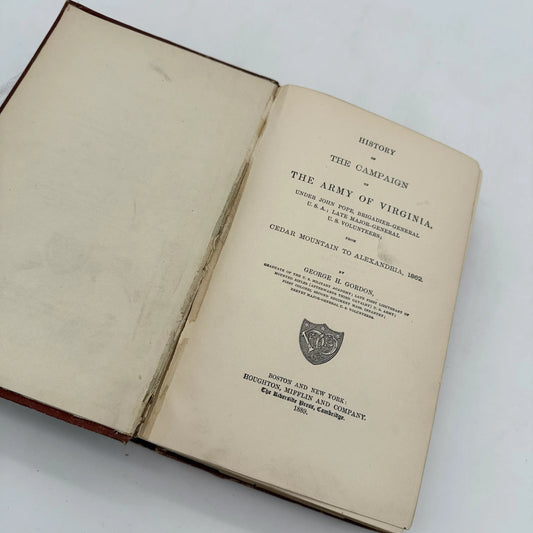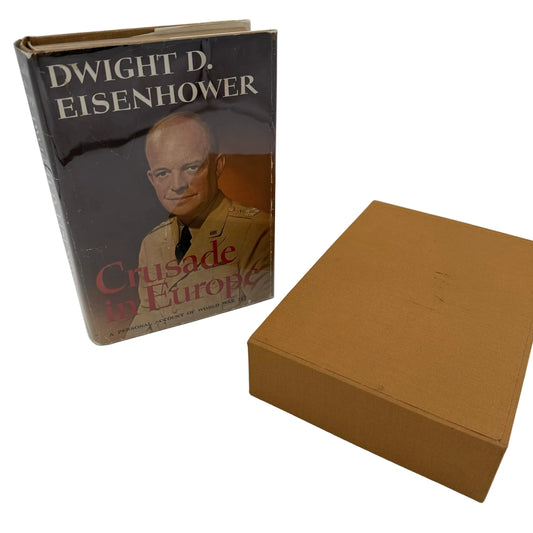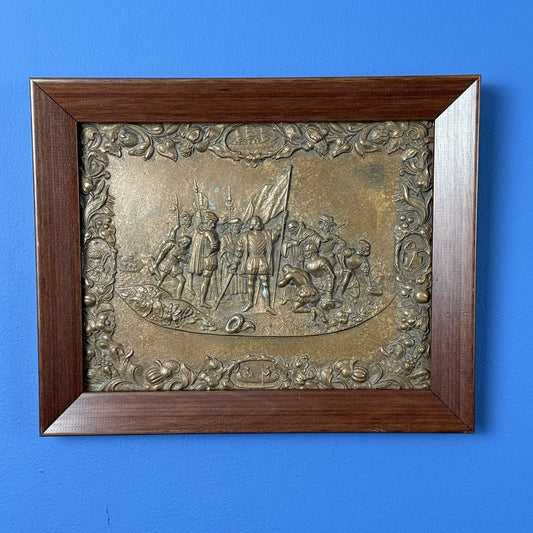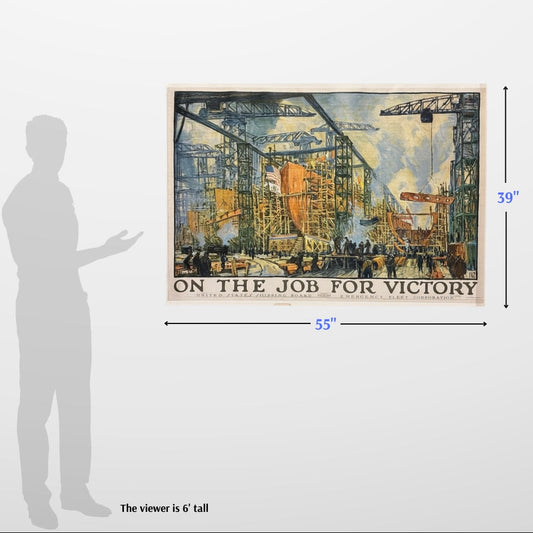"The March of Miles Standish" — Framed, matted 1873 print
"The March of Miles Standish" — Framed, matted 1873 print
Updated on January 17: This has been sold.
Miles Standish, the military captain of the Pilgrim colony, is the central figure in this large print, which portrays him leading a group of eight armed Pilgrims down a path, guided by a Native American, with the Mayflower anchored in the background.
Below the image, on either side of the title, are two stanzas from Part VII of Henry Wadsworth Longfellow's poem, The Courtship of Miles Standish.
Figures ten in the mist marched slowly out of the village
Standish the stalwart it was, with eight of his valorous army
Led by their Indian guide by Hobomock friend of the white men
Northward marching to quell the sudden revolt of the savages
Giants they seem in the mist or the mighty men of King David
Giants in heart they were, who believed in God and the Bible.
Out of the sea rose the sun and the billows rejoiced at his coming;
Beautiful were his feet at the purple tops of the mountains,
Beautiful on the sails of the MayFlower riding at anchor.
Battered and blackened and worn by all the storms of the winter
Loosely against her masts was hanging and flapping her canvas
Rent by so many gales and patched by the hand of the sailors.
— Longfellow
Note: We also have the book, The Courtship of Miles Standish, Elizabeth, and Other Poems.
Signed J.E BAKER in the bottom right corner and produced by Armstrong & Co., Boston in 1873.
A hand-colored version of this print is in the collection of the Smithsonian.
Size: 20" x 29.5"
Shipping: $45. Please allow two weeks for shipping.
Historical background on the print
The Courtship of Miles Standish, written in 1858, is a long narrative poem based loosely on historical figures. Although Miles Standish was a real person, the story presented in the poem is largely fictional. It recounts the courtship of Standish and Priscilla Mullins, and her eventual marriage to John Alden. The poem’s most famous line is Priscilla’s witty response to Alden, "Why don’t you speak for yourself, John?"
J.E. Baker, most likely Joseph E. Baker, was a lithographer and pencil portraitist. He began his career as an apprentice at Bufford’s lithography firm in Boston, working alongside Winslow Homer in 1857. By the 1860s, Baker had relocated to New York City, where he continued his work.
Armstrong & Co., a lithography firm founded by Charles Armstrong, was active in both Boston and New York from 1872 to 1876. The company specialized in producing separately issued prints, including views and portraits, some of which were distributed as premiums for subscribers to The Atlantic Monthly.
Historical background on the Miles Standish
". . . Standish was certainly a part of Queen Elizabeth's army, and was stationed for a time in Holland where he eventually met and became well acquainted with John Robinson and the Pilgrims who were living in Leiden. Standish was hired by the Pilgrims to be their military captain, to establish and coordinate the Colony's defense against both foreign (French, Spanish, Dutch) and domestic (Native American) threats.
"Standish led or participated in all the early exploratory missions sent out to explore Cape Cod, and was heavily involved in selecting the site where the Pilgrims would settle. He was one of the few who did not get sick at all the first winter, and is recorded as having greatly helped and cared for those who were sick. He organized the deployment of the colony's cannons and the construction of the fort at Plymouth. He led both trading expeditions and military expeditions to the various Indian groups in the region. He led the party that went in pursuit of the alleged killers of Squanto (who was later discovered to be safe). He led the revenge attacks on the Indians in the Massachusetts Bay after they were caught in a conspiracy planning to attack and destroy the Plymouth and Wessagussett colonies; several Indians were killed or executed, for which Standish received some criticism, even from his friends, for being too heavy-handed.
"Standish was heavily involved in numerous aspects of Plymouth Colony, from defense to keeping the law. He was on the receiving end of John Billington's verbal wrath in 1621 (Billington refused to follow the captain's orders), and was called a "silly boy" in a letter that was sent out during the Oldham-Lyford scandal of 1624, and was noted for his short stature and for his quick temper. He was sent to arrest Thomas Morton in 1628, for which he received the nickname 'Captain Shrimp' from Morton. William Hubbard reported Standish's temper was like a 'chimney soon fired'.
"Despite the heavy criticism by his enemies, Standish was well respected within the Plymouth Colony, and held a number of positions of authority. He made several trips to England to bring trading goods back and to negotiate with the Merchant Adventurers who had financially sponsored the joint-stock company that funded the Pilgrims' voyage. In the mid-1630s, Standish moved his family and helped found the town of Duxbury, which may have been named after his ancestral home. Standish was an heir to a fairly sizeable estate in Lancashire, but his lands were lost during the English Civil War, and neither he nor his son Alexander were ever able to legally regain control of the estate.
"Myles Standish's first wife Rose came with him on the Mayflower, and died the first winter. His second wife, Barbara, arrived on the ship Anne in 1623, and they were apparently married before the year was out. Nothing is known about either of his wives: there is absolutely no indication they were his cousins, as has sometimes been claimed.
"Standish lived out his later years in Duxbury, dying in 1656 'after his suffering of much dolorous pain,' apparently from kidney stones."
Made by America
Made by America
Almost all of the new products we offer are designed by us and made in America and most of our Rare Finds were made in America.
Our original designs are based on our nation’s history and our love of American history. Read more about other things we've created, including The History List, History Camp, and The Pursuit of History, in addition to The History List Store.
Every product that is made in America states that in the product description and includes the "Made in U.S.A." graphic.
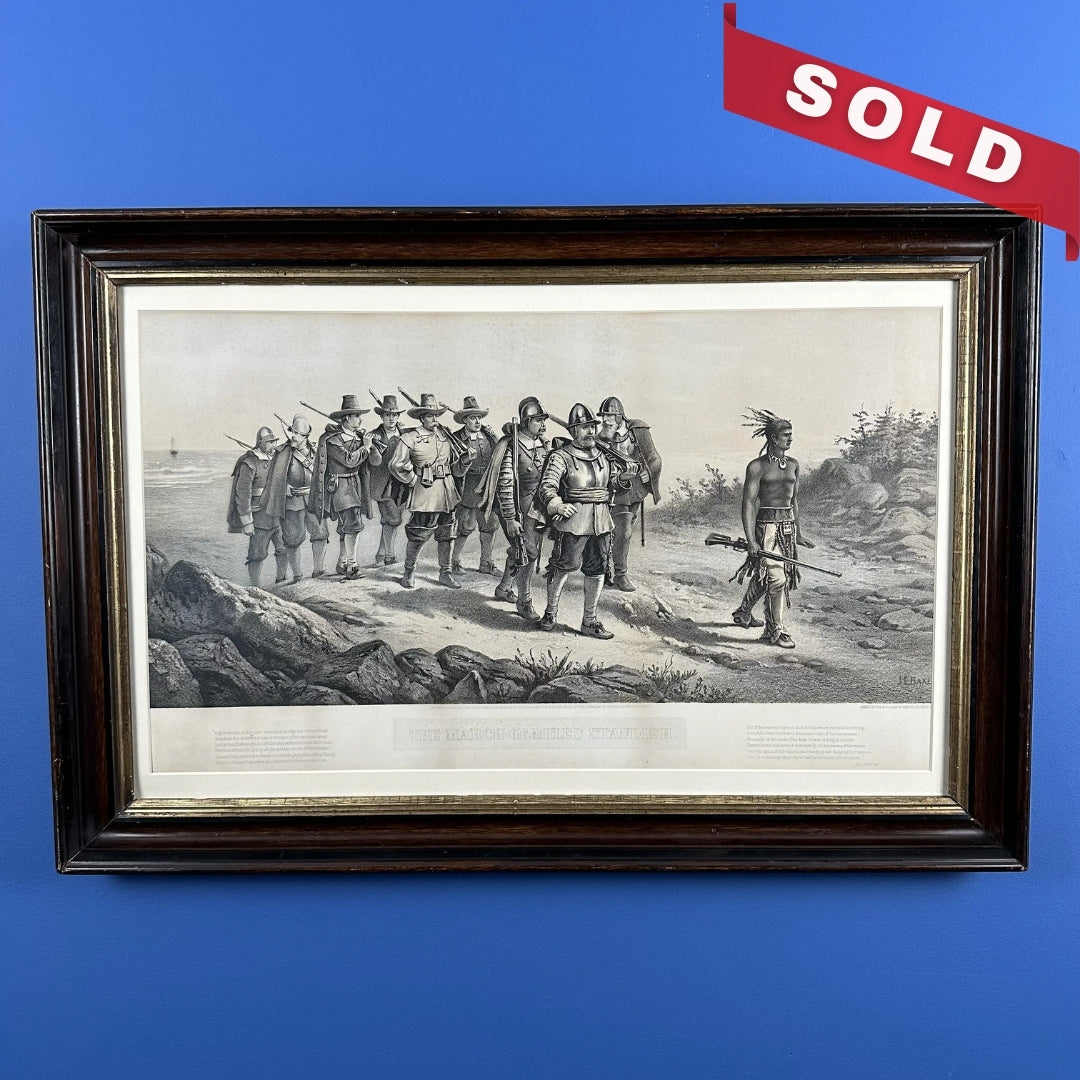


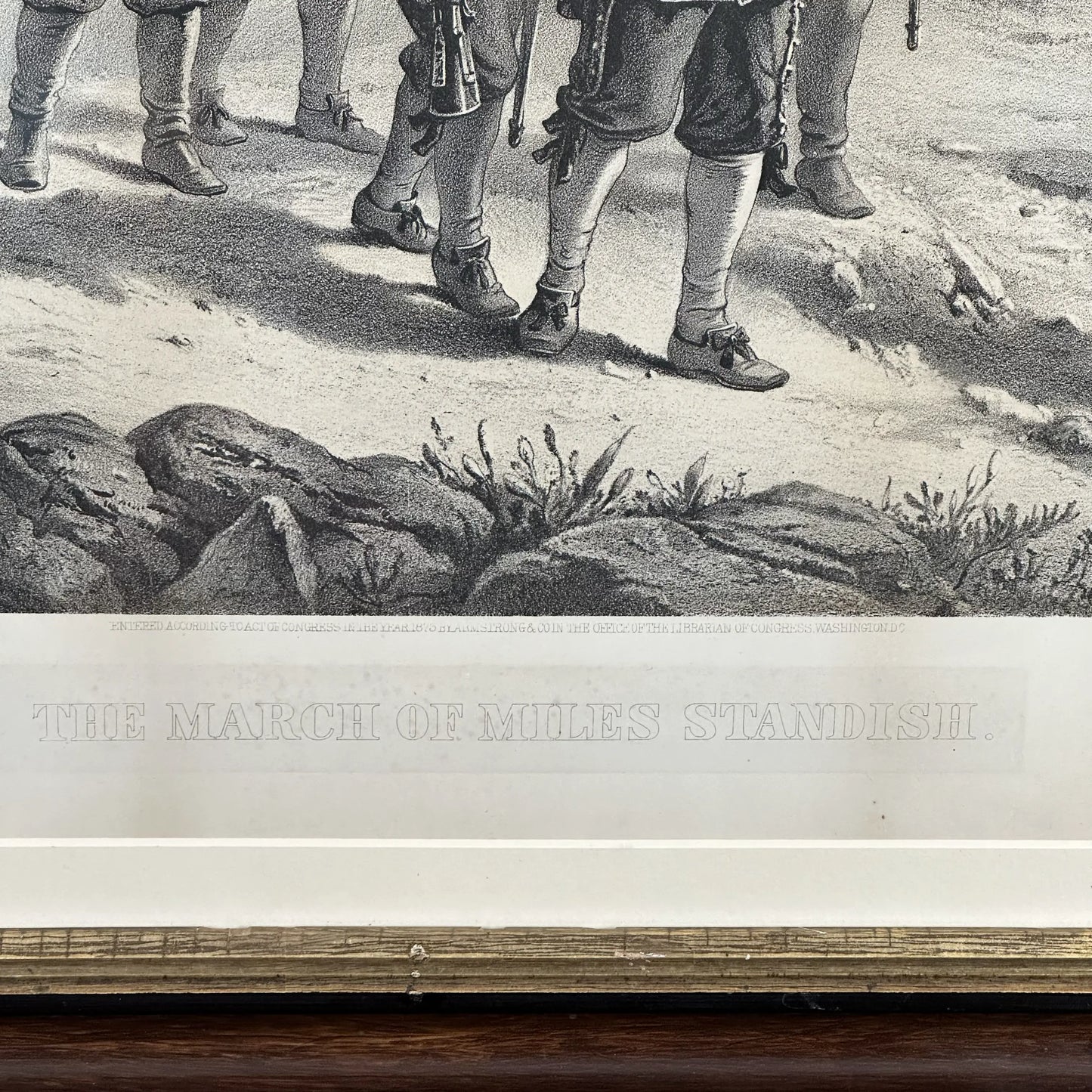



Just as it appeared on the website. This was a wonderful find. We are fans of Longfellow in addition to being American history lovers so I could not believe it when I saw the poetry included. This artwork will add meaningful style to our walls. I can’t wait to give it to my husband for his birthday!

















